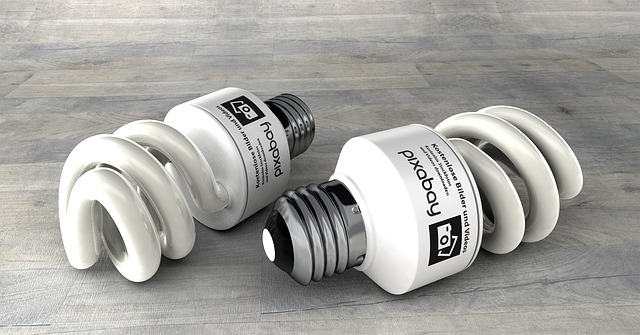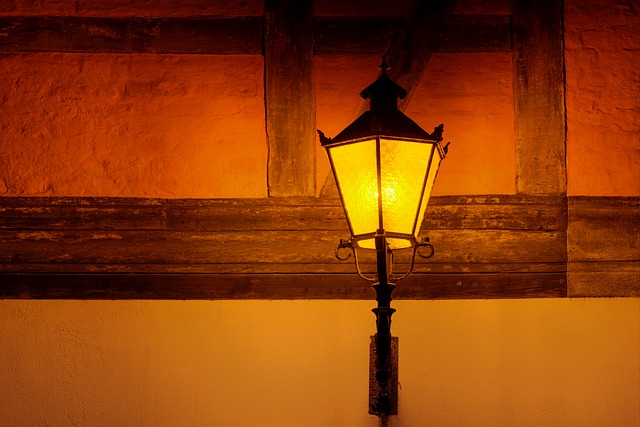People cheered when the first prototype of the tungsten filament bulb was first introduced to the world in 1881. They were excited by the incredible technological possibilities of electricity in electrical appliances, in this case public lighting. Thomas Alva Edison had his workshop make a bulb end with a semicircular thread that could be successfully screwed on without tools, and the legendary E27 thread was born.
People do not like too much change at once
Human psychology is unexplored territory even for experienced psychologists, but many psychologists agree on a clear fact. Too much happening at once confuses us. Instead of gradual acclimation, chaos sets in, and we become overloaded with too much information to process in a short period of time.
Fortunately, in the world of lighting technology, manufacturers are addressing this problem and agreeing to develop new types of light bulbs. And they have started producing bulbs with the infamous Edison E27 mouthpiece that everyone knows. However, this bulb is an outdated product and is even considered to be on the verge of “extinction”. Don\’t worry, we have a new product that is just as good as the old one. We can continue to buy these end-capped bulbs and know that they will fit in our chandeliers anyway.
There is no indication that the entire strategy will suddenly change and all chandeliers, lamps, and other light fixtures will have to be replaced with new models, perhaps triangular terminals. The indestructible E27 screw will live on, and maybe you will too. Similarly, the E14, which is conceptually the same type, only 14 mm smaller in diameter, is known to many by the pejorative term “mignonette or mignonette.”
Edison threads are also found today in other types of terminals, but are less commonly used and are known mainly among specialists. Examples are E10 for some small lamps, E5.5 for small light bulbs, E40 lamps, commonly known as “Goliaths,” and E33 ceramic fuses.